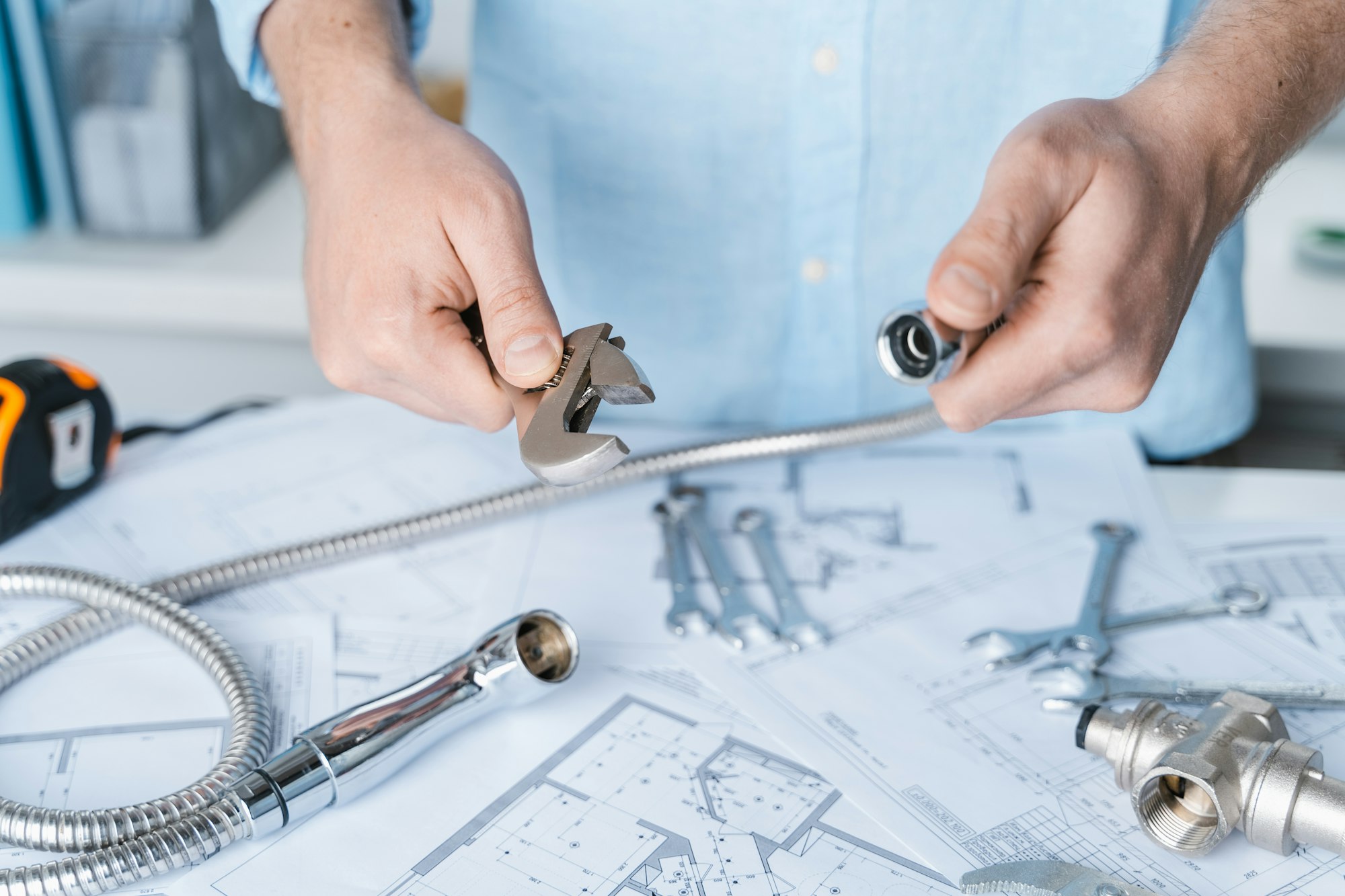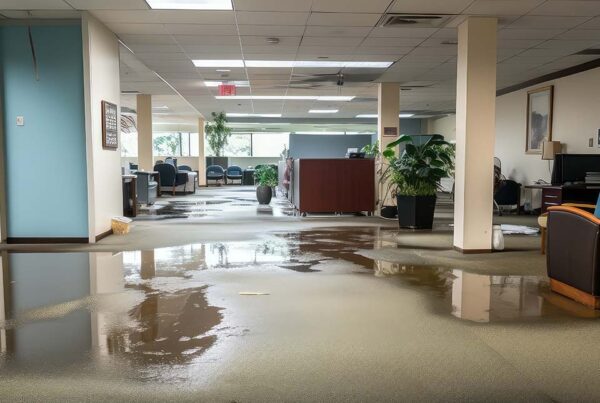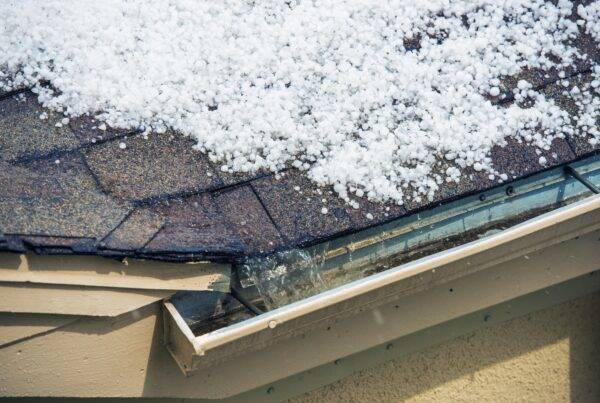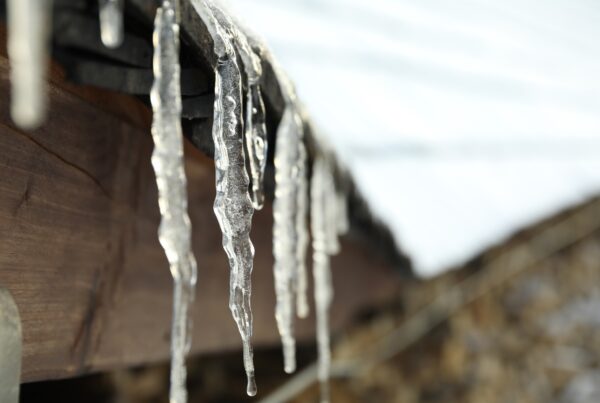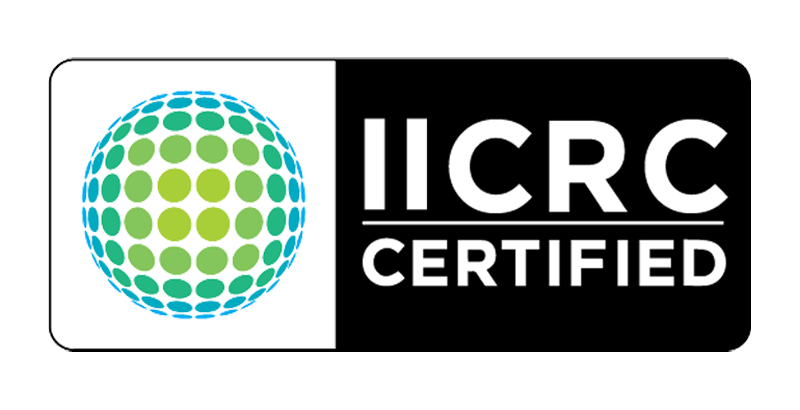Water damage can cause serious problems in your home, from structural damage to mold growth. The good news is that you can take proactive steps to protect your home from future water damage and avoid costly repairs. Whether it’s the result of heavy rain, burst pipes, or clogged gutters, preparing your home for potential water hazards can save you time, money, and stress in the long run. In this guide, we’ll cover key strategies to protect your home from water damage before disaster strikes.
Contents
1. Inspect Your Roof Regularly
The roof is your home’s first line of defense against water damage. A damaged or leaking roof can allow water to seep into your home, causing damage to walls, ceilings, and insulation. To prevent this, inspect your roof at least twice a year, and especially after severe storms. Look for damaged shingles, cracks, or sagging areas that could allow water to penetrate.
For flat roofs, ensure that water is draining properly. Pooling water can cause leaks over time. If you’re not comfortable inspecting your roof yourself, consider hiring a professional roofer to conduct regular checks and maintenance.
2. Clean and Maintain Your Gutters
Clogged gutters are one of the most common causes of water damage. When leaves, debris, and dirt accumulate in gutters, they block water flow, causing it to overflow and pool near your home’s foundation. Over time, this can lead to basement flooding, foundation damage, and water infiltration into walls.
Make sure to clean your gutters at least twice a year, especially during the fall when leaves are more likely to clog them. Installing gutter guards can also help reduce the frequency of cleaning by preventing debris from entering your gutters in the first place.
3. Slope the Ground Away from Your Home
Water pooling around your home’s foundation can lead to serious water damage over time. Ensuring that the ground slopes away from your house will direct water away from your foundation. Ideally, the ground should slope at least six inches within the first ten feet from your home.
If necessary, add soil or regrade your lawn to improve the slope. Proper drainage is key to keeping water from seeping into your foundation and causing structural issues.
4. Install a Sump Pump in Your Basement
If your home has a basement or is in a flood-prone area, a sump pump is essential for preventing water damage. A sump pump works by collecting water in a pit and pumping it out of your home, preventing basement flooding.
Make sure your sump pump is in good working condition by testing it periodically, especially before the rainy season. Consider installing a backup battery-powered pump in case of a power outage during a storm.
5. Seal Windows, Doors, and Cracks
Windows and doors are common entry points for water. Ensure that they are properly sealed to prevent leaks. Check for gaps around window frames, doors, and cracks in your home’s exterior. Caulk any gaps or install weatherstripping where necessary to keep water out.
Additionally, inspect your home’s foundation for cracks and seal them with epoxy or other waterproof materials. These small fixes can make a big difference in preventing water from entering your home.
6. Check Your Plumbing System
Your plumbing system is another critical area where water damage can originate. Inspect exposed pipes for any signs of leaks, corrosion, or wear, especially in areas where temperatures may drop below freezing. Consider insulating your pipes to prevent them from bursting during cold weather.
Regularly check appliances such as washing machines, dishwashers, and water heaters for leaks or signs of wear. Replacing old or damaged hoses and fittings can prevent future water damage.
7. Maintain Your Landscaping
While trees and shrubs can beautify your yard, their roots can cause water problems if planted too close to your home. Over time, tree roots can grow into and damage your foundation, while shrubs and other plants can block drainage systems.
Make sure that trees and large plants are planted a safe distance from your home’s foundation. Trim back any overhanging branches that could damage your roof during a storm, and keep plants away from your gutters and drainage areas.
8. Install Flood Detection Devices
One of the best ways to protect your home from future water damage is to install water detection devices in key areas like your basement, kitchen, or near major appliances. These sensors alert you to leaks or flooding before significant damage occurs, allowing you to take immediate action.
Flood detection devices are inexpensive and easy to install, making them an excellent investment in safeguarding your home from water damage.
Final Thoughts
Protecting your home from future water damage is all about being proactive. By regularly inspecting your roof, cleaning your gutters, ensuring proper drainage, and maintaining your plumbing and landscaping, you can prevent costly repairs and protect your home. Small steps like sealing windows and installing sump pumps or water detection devices can make a big difference in keeping your home dry and safe. Taking these preventive measures now can save you from the headache and expense of dealing with water damage later on.
